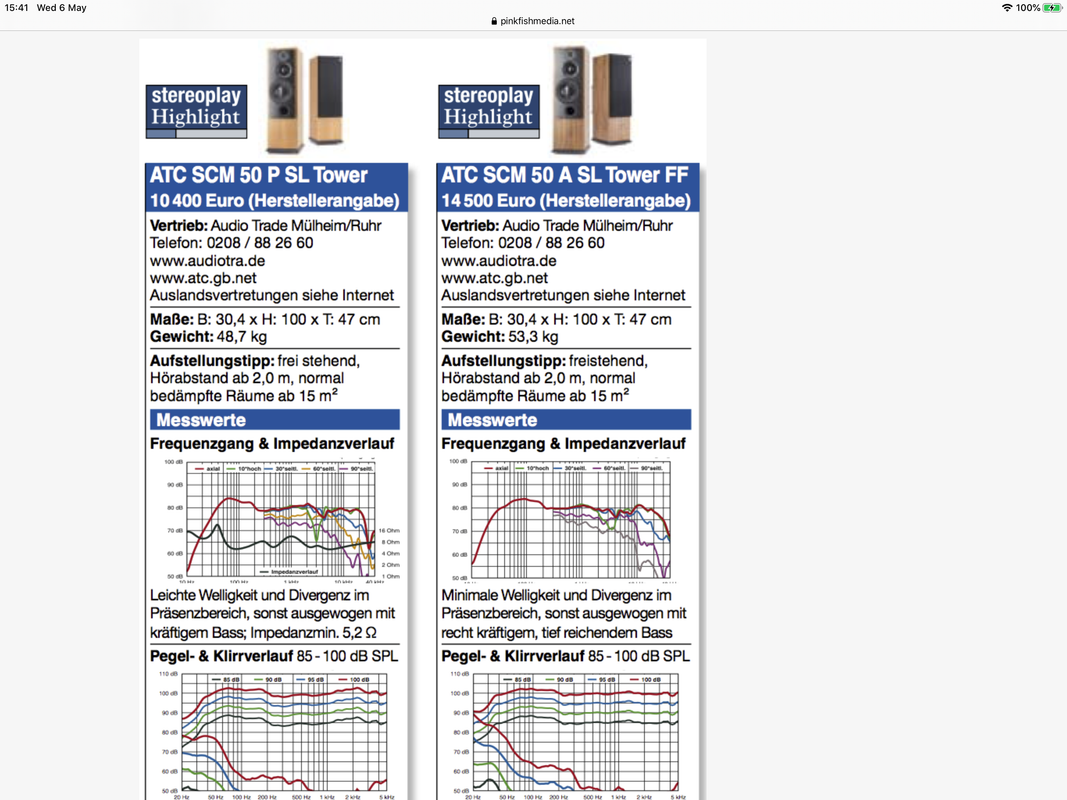This time, I've read carefully what you write here. Well, I don't think that's so simple as you write.
ATC isn't the only brand which have "nothing to prove anymore" in the pro market.
First, noone can seriuosly claims he has nothing to prove, because everything changes, and do not progress in a changing world is is regressive.
Second, Genelec, JBL and Neumann could claim the same,, but they have sent ASR some models for reviews.
I like very much ATC monitors for listening, but as good as they sound, I don't think they are nowadays the ultimate in terms of linearity and sound stage precision for professionnal applications (moreover, their very high price can't be justified anymore for models who have undergone only minor improvements in decades).
I was told the following anecdote by a famous pianist and musical critic who has a seriously good earing and a long pedigree and friends in the pro domain (musical and technical) and who have participated in many recordings sessions : so, in Radio France (one of the best equipped studios house in Europe), they use ATCs SCM 50, 100 and 150 among other monitors (Genelec, Neumann, Cabasse, custom models and others), but most sound engineers and producers prefer to rely on Genelecs or Neumanns instead ATCs for their more accurate soundstage on acoustic music recordings -mainly classical or jazz. Some of them have even nicknamed ATCs as "amène ton casque" which means "bring your headphones" in french (very funny acronym, don't you think ?).
Once again, this doesn't mean ATCs are bad speakers, far from my opinion to think so, but they're not the best for every situations, and other good brands have serious arguments to offer, too, amonng them genelec, neumann, PSI.



